
Illustration photo.
The national AI infrastructure is defined as a unified system, including closely linked components both physical and non-physical. This system is planned and invested in synchronously, becoming an essential part of the national digital infrastructure.
The purpose of developing a national AI infrastructure is to serve socio -economic development, ensure national defense and security, and enhance national competitiveness. More importantly, this policy aims to build a core material, data, and technological foundation, ensure self-reliance, reduce dependence on foreign technology, and promote innovation.
The leading role of the State
The development of national AI infrastructure must comply with core principles, in which the State plays a leading role. The State is responsible for creating and investing in core infrastructure components as well as maximizing social resources through public-private partnership (PPP) mechanisms, encouraging the private sector to participate in investing, building and operating data centers, computing platforms and AI ecosystems.
Infrastructure development must ensure a balance between national autonomy and international cooperation, between open technology and commercial technology; ensure fairness, transparency, and inclusiveness in accessing and exploiting infrastructure, to encourage healthy competition and combat monopoly and waste; develop sustainably, prioritize the use of clean energy, save energy, and protect the environment. In particular, the draft emphasizes the requirement to ensure information security, safety, network security, and protect critical data.
Core components of AI infrastructure
National AI infrastructure is planned to develop in the following layers:
Compute layer : Includes national supercomputers, GPU cloud, and dedicated cloud computing platforms.
Data layer : includes national database and strategic data warehouse, standardized, cleaned and labeled.
Model and platform layer : Includes platform models, especially the Vietnamese language model and models serving national goals.
Network equipment and infrastructure layer : Includes data center, storage system and network equipment that meet security and performance requirements.
Artificial intelligence infrastructure is divided into two main service areas: Infrastructure serving national security and administration (used for state agencies and critical data) and Infrastructure serving science, technology and innovation (providing high-performance computing resources and open data for research and education ).
Data Strategy for AI Infrastructure Platforms
Vietnam pays special attention to establishing a National Database for Artificial Intelligence to serve research and practical applications. The Draft Law stipulates a transparent management mechanism for three groups of data: Open data: Public, free, with no restrictions on use; Controlled open data: Conditional access, subject to confidentiality rules or reverse contribution obligations; Commercial data: Provided on a contract basis, with a fee
The State ensures national AI sovereignty by mastering core technology, data and infrastructure, reducing dependence on foreign technology. The storage, processing and transfer of important data and personal data of Vietnamese citizens in AI activities must comply with the provisions of the law on data, the law on personal data protection and the law on cybersecurity. Foreign suppliers providing high-risk AI systems in critical areas must comply with domestic data storage and national security regulations.
High-risk AI systems used in critical areas must comply with security regulations, testing, licensing, and prioritize domestic technology or supervised trusted technology partnerships.
To encourage participation, the State will establish a national AI resource sharing portal and apply preferential mechanisms (priority access to infrastructure, tax exemptions, financial support, recognition of community contributions) for organizations and individuals contributing open source code, tools, models and data.
The inclusion of infrastructure regulations in the AI Law demonstrates Vietnam's long-term vision, placing AI as the central driving force of the digital economy and digital society, while protecting national digital sovereignty in the era of technological globalization.
Source: https://doanhnghiepvn.vn/cong-nghe/phat-trien-ha-tang-tri-tue-nhan-tao-quoc-gia/20251014092940366








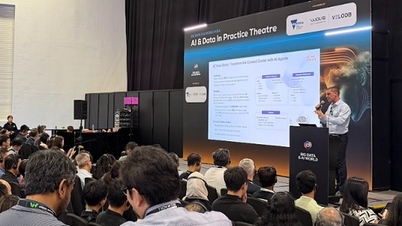


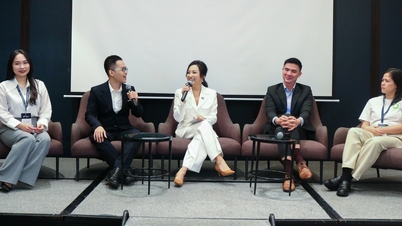

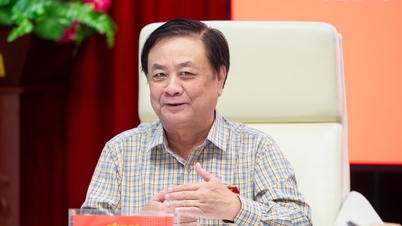

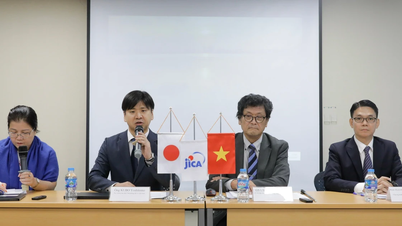


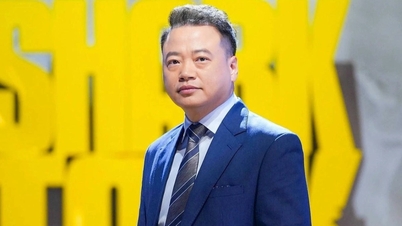

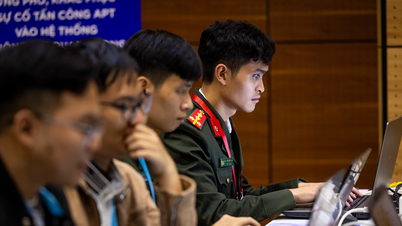






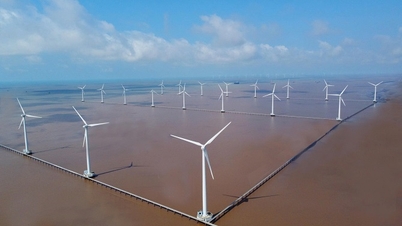
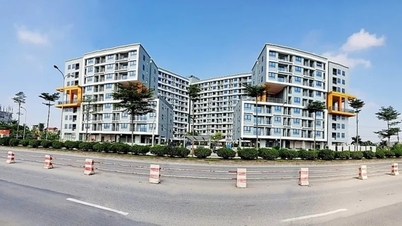
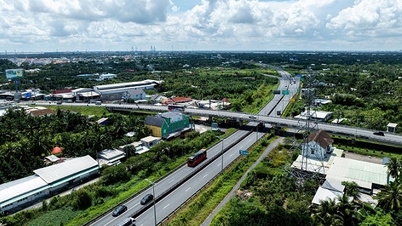


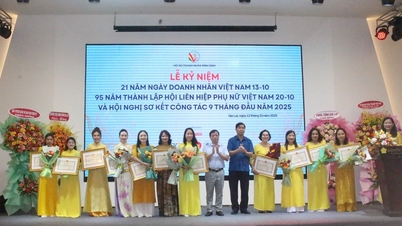







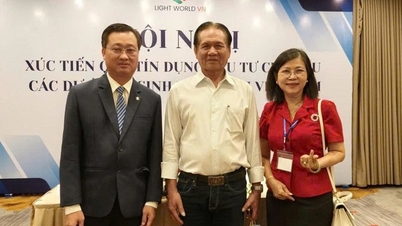






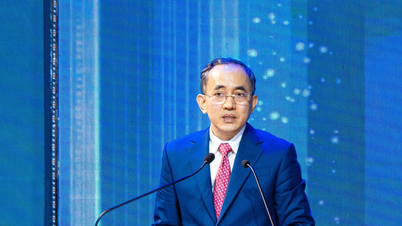










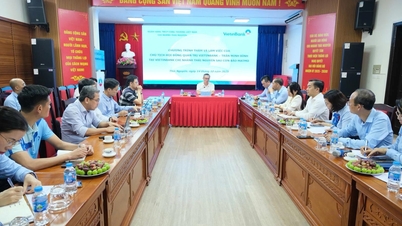

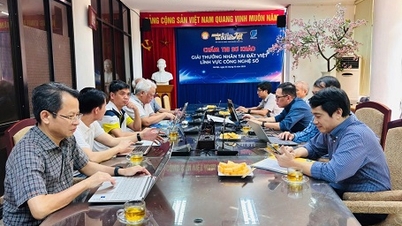








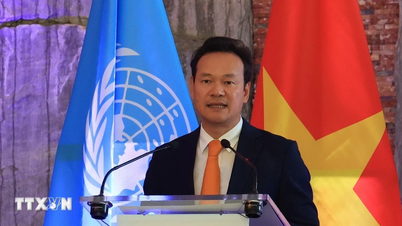









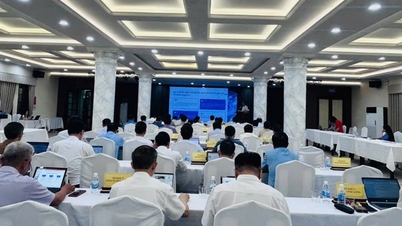



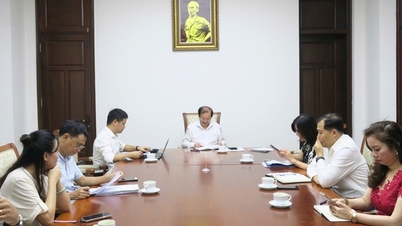

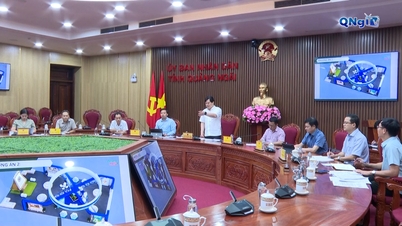

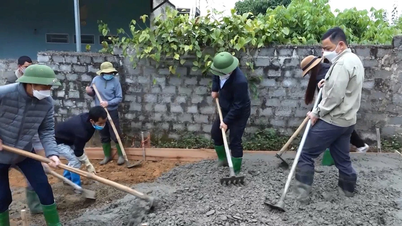



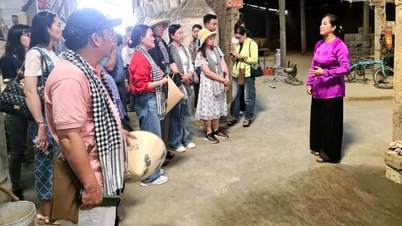















Comment (0)